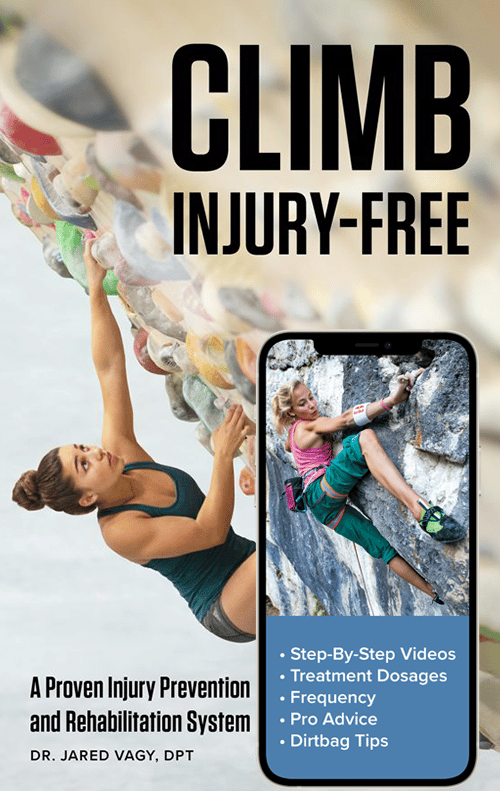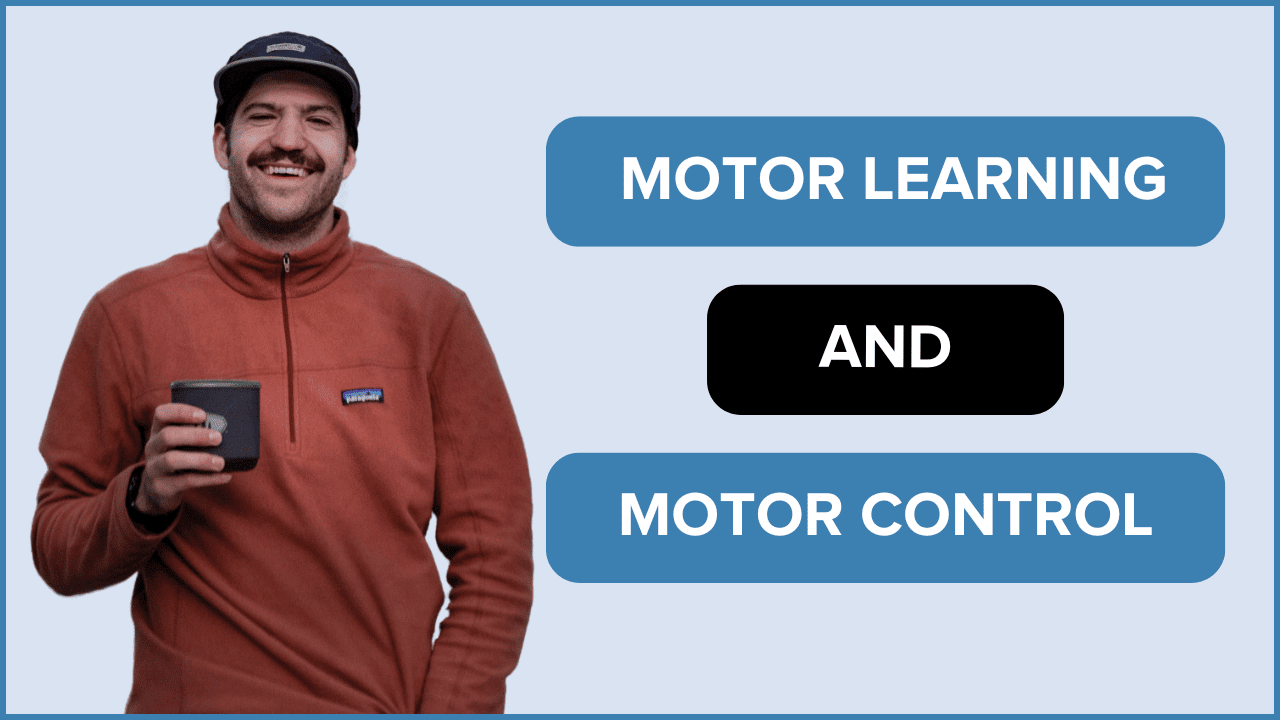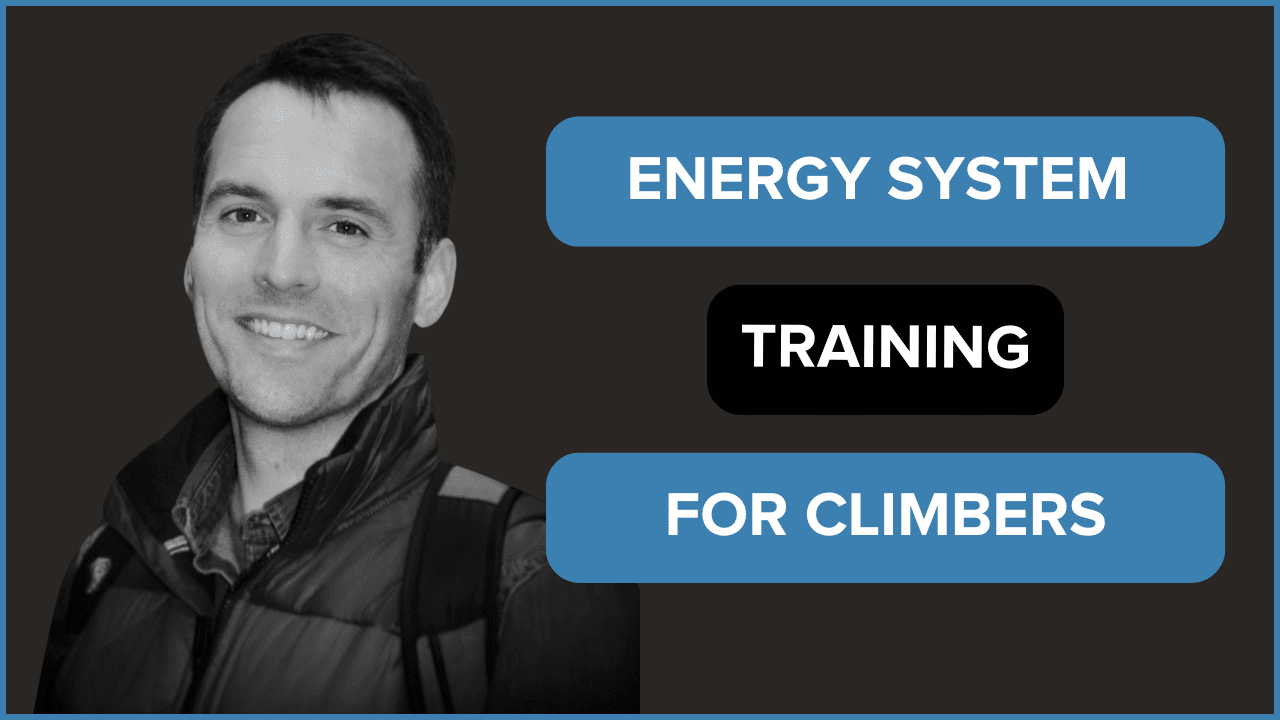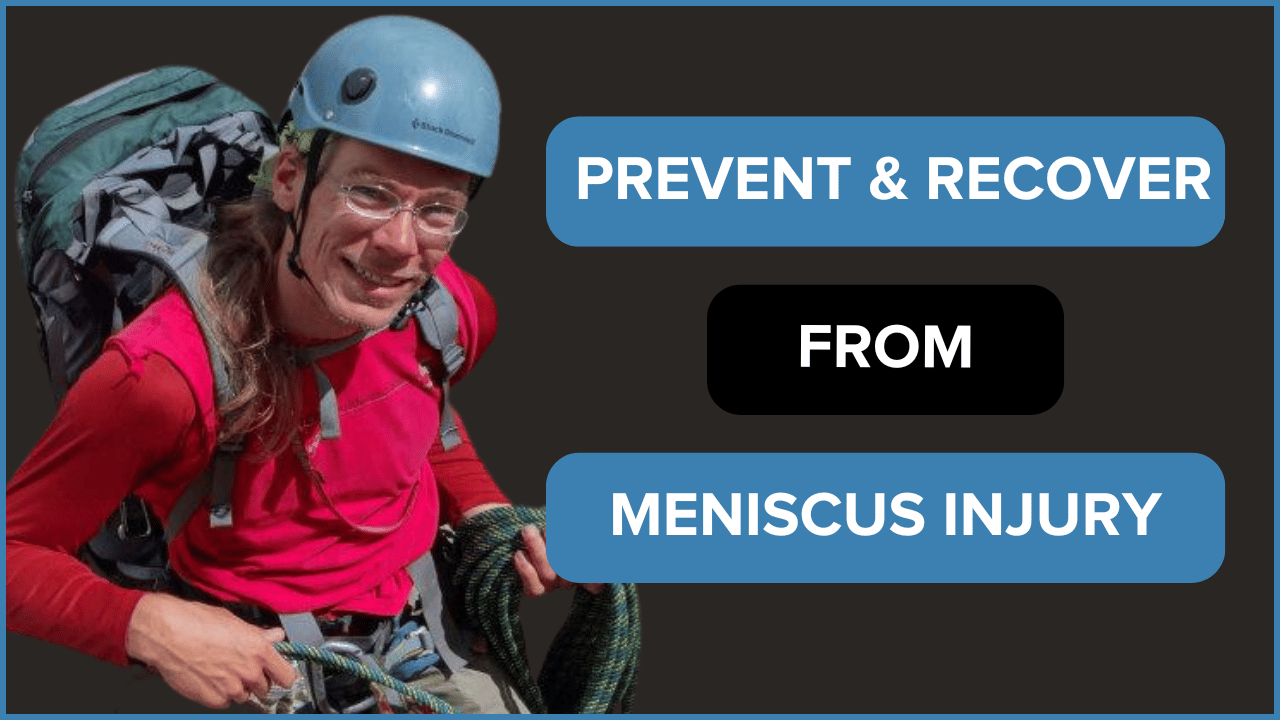S2, E1: The Ultimate Guide for Returning Back to Rock Climbing – Evan Ingerson
In this episode, Evan Ingerson, a physical therapist, discusses the challenges of returning to climbing after an injury or break. He emphasizes the importance of measuring and systematizing the return to climbing process, using a total load calculation based on difficulty and volume. Evan also highlights the need to consider wall type and hold grip type in rehab and progression. He introduces the concept of shoulder spheres for shoulder injuries and provides tips on using the gym as a tool and climbing with good influences. Overall, he encourages climbers to focus on drills, technique, and making the most of the return to climbing experience.
Takeaways
- Measure and systematize the return to climbing process using a total load calculation based on difficulty and volume.
- Consider wall type and hold grip type in rehab and progression.
- Use the gym as a tool to modify climbs and focus on drills and technique.
- Climb with good influences and avoid pushing too hard too soon.
Evan Ingerson’s Bio
Evan Ingerson is a physical therapist and owner of The Climbing Project. He’s a climbing lifer with over 25 years of experience on the wall and 9 years helping climbers get out of pain and back to crushing. He specializes in calling out bad beta—on routes and in training plans. Evan’s here to keep you sending. When he’s not treating tendons, he’s probably hanging on a rope somewhere after falling off his project. Again.
Listen on Appl Podcasts, Spotify, or wherever you listen to podcasts!
Timecodes
- 00:00 Introduction 01:20 Challenges of Returning to Climbing
- 02:06 The Art and Science of Returning Climbers to Their Sport
- 04:23 Key Topics in the Article
- 05:38 Measuring and Systematizing Return to Climbing
- 08:49 Progression and Regressions in Total Load
- 12:22 Considerations for Wall Type and Hold Grip Type
- 19:09 Shoulder Spheres for Shoulder Injuries
- 24:51 Using the Gym as a Tool and Climbing with Good Influences
- 31:13 Final Thoughts and Advice
If you would like to listen to the entire interview with Evan Ingerson, check out the podcast. If you want to watch the interview, click the YouTube link or any of the timestamps above. If you would like to read quick sample of the interview, check out the excerpt from the interview below.
Welcome, everyone. Today, we’re joined by Evan Ingersen. Evan, could you start by telling us about yourself?
Thanks, Jared. It’s a pleasure to be here. I’m a physical therapist at Mend Physical Therapy in Boulder, Colorado. My journey began as a competitive climber, which deeply influenced my professional path. Though I never turned professional in climbing, my experiences shaped my approach to physical therapy. Now, I specialize in assisting climbers, leveraging my understanding of the sport’s demands and nuances.
How did you pivot from climbing to physical therapy?
My transition was a natural progression. Climbing has been a significant part of my life, and as I grew in the sport, I realized the importance of physical well-being and injury prevention. This realization steered me toward physical therapy. In my practice, I focus on climbers, aiding their rehabilitation and guiding them to return to climbing safely and effectively.
Let’s discuss your article on helping climbers return to the sport. What are the core themes?
The article delves into the intricate process of returning climbers to their sport post-injury. It’s a blend of art and science, considering each climber’s unique challenges and motivations. The key themes include debunking misconceptions about climbing recovery, introducing a systematic approach to rehabilitation, and emphasizing the importance of personalized recovery plans.
The content addresses the psychological aspects of recovery, the influence of external factors like peer support, and the role of climbing gyms in rehabilitation. It’s designed to be a comprehensive guide for climbers navigating their recovery journey.
Could you explain the concept of ‘total load’ in climbing rehabilitation?
The ‘total load’ concept is central to our systematic approach. It quantifies the intensity and volume of a climbing session. Points are assigned to different climbing grades, offering a method to track and manage one’s rehabilitation progress. This system helps climbers make informed decisions about their activity level, considering factors like injury type, personal climbing style, and individual physical capabilities.
For instance, if a climber is recovering from a finger injury, routes with crimps might be more challenging. We adjust the point value for such routes to reflect the increased strain on the injured part. This personalization is vital for a safe return to climbing.
How does this system cater to the individual needs of climbers?
The system’s flexibility is its strength. It accommodates the diverse styles and capabilities of climbers. For example, a climber recovering from a shoulder injury might find overhangs more demanding. In such cases, we can modify the system to account for these specific challenges, ensuring the rehabilitation process is tailored to the individual’s needs and progress.
Beyond physical recovery, what other aspects are crucial in climbing rehabilitation?
Rehabilitation is not just physical. Psychological factors, such as motivation and fear, play a significant role. A supportive environment, especially from climbing partners and coaches, is crucial. It’s important to encourage smart progression rather than pushing limits recklessly.
Moreover, using climbing gyms effectively is vital. Rather than focusing on grades, climbers should use this time to refine techniques and work on drills. This approach not only aids in physical recovery but also enhances skills, making the most of the rehabilitation period.
Your final thoughts for climbers on their recovery journey?
Patience and systematic progression are key. Understand your limits and embrace the recovery process as an opportunity for growth. It’s about making climbing a sustainable, long-term sport, rather than a pursuit marred by recurring injuries.
How can people reach you for more guidance?
You can get in touch at evan@theclimbingproject.com Check out theclimbingproject.com for additional content.
- Disclaimer – The content here is designed for information & education purposes only and the content is not intended for medical advice.




